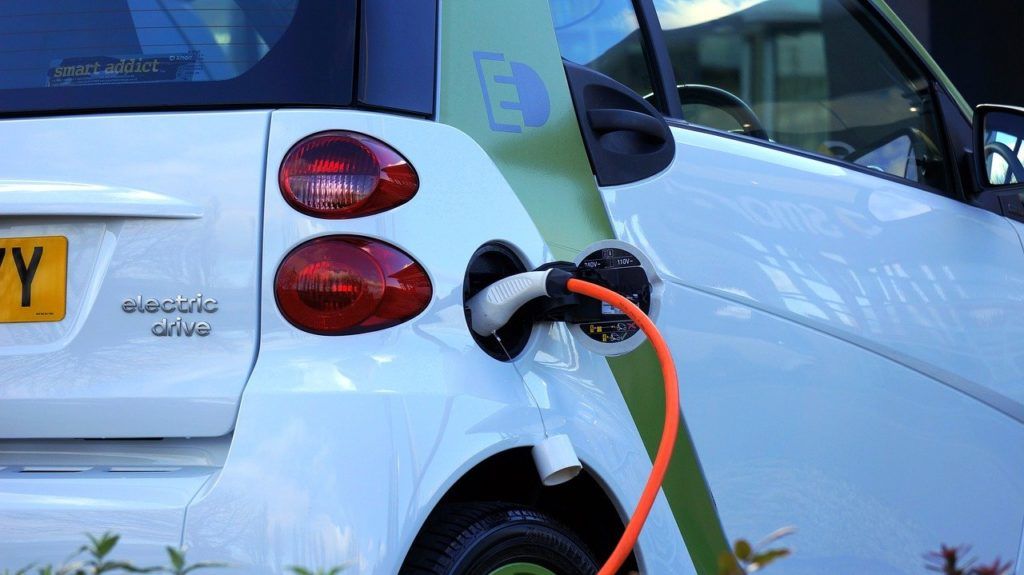 Stephanie Leonard, head of traffic innovation and policy at TomTom gives her informed opinion on the changes we are likely to see in the automotive industry in the next 12 months, from electrification to automation.
Stephanie Leonard, head of traffic innovation and policy at TomTom gives her informed opinion on the changes we are likely to see in the automotive industry in the next 12 months, from electrification to automation.
If there’s one word to describe the automotive industry, it’s resilient. 2020 was without a doubt its most challenging year on record, with the COVID pandemic transforming consumer spending habits and creating severe supply chain disruption. Yet the industry stayed strong and adapted. In the aftermath, it is looking to repair and is eyeing new opportunities.
It’s tempting to think that 2021 will be a year of caution for the industry. But we’re still likely to see surprising developments and the acceleration of trends including electro-mobility (e-mobility), increased government support for the sector, and the gradual rolling out of new autonomous vehicle standards and technologies.
Government intervention will push e-mobility to new heights
The pandemic has underlined the importance of the automotive industry to the wider economy. Adding £18.6 billion to the UK economy and employing some 168,000 workers, the Government ensured the industry had vital support to weather the storm. Indeed, this was a trend observed globally, with virtually no motor company left pushed to the wall.
However, there’s no such thing as a free ride. Increased government support will continue into 2021, but the price will be a greater commitment from OEMs to advance e-mobility. The production of fully electric, conventional hybrid, plug-in hybrid – and to a lesser extent hydrogen-fuelled vehicles – will receive increased support from the Government.

Few companies will see this as an imposition, but rather an opportunity. For years, motor companies have been trying to reform their business models to be more sustainable. Concern for the environment remains strong, with many consumers enjoying the benefits of cleaner air thanks to fewer cars on the road during lockdown. The pressure to electrify is still there. More state support will only add impetus to this process.
Yet stubbornly low EV market growth – with EV penetration barely increasing in the UK – will likely frustrate progress. Government plans to ban the sale of petrol and diesel cars by 2030 may be softened while demand for EVs remains subdued. One of the identified causes is a persistent lack of EV charging infrastructure across the country, especially outside of the big cities. 2021 will likely see the construction of this infrastructure stepping up, not simply by the Government but private businesses as well seeking to provide for their employees and customers.
Car manufacturers will embrace pricing innovation to bounce back
Across the board, automotive companies suffered heavy losses during 2020. There will be enormous pressure in the new year to try and recoup and recover. However, they still face considerable challenges and uncertainties.
It’s still unclear what long-term effects COVID-19 will have on consumer attitudes to travel. Continuing perceived risks around public transport might encourage consumers back into their own vehicles, but more ubiquitous remote working may lessen the need to travel altogether. Regardless, TomTom data shows consistently reduced traffic on UK roads over the course of the pandemic. Until a vaccine has been successfully industrialised, that will probably remain the case in 2021.
To combat this, car manufacturers could embrace more innovative and generous pricing plans for their vehicles. Consumers could receive better deals, with lower payments over a longer period of time in order to encourage purchase. However, we shouldn’t anticipate many new models or design innovations – the priority from automotive companies will be to shift current stock rather than roll out new products.
Autonomous vehicle innovation will slow, but standards and regulations will catch-up
The hype and innovation surrounding the autonomous vehicle market will roll on, and 2021 will still see some significant legal and conceptual milestones achieved.
The UK Government is currently consulting on permitting automated lane keeping systems on UK motorways (up to a maximum speed of 70mph). This will likely come to pass in 2021 and with little opposition given its limited nature and the safety of the technology. Furthermore, EU[1] and UK legislation to mandate intelligent speed assistance (ISA) systems in vehicles is currently being finalised. Yet this won’t come into force until 2022 and it won’t be until 2024 that all vehicles must carry ISA systems as standard.

However, another significant development in 2021 could be around the standards that define self-driving vehicles. There is much discussion in the industry of the need to simplify SAE International’s classification system first introduced in 2014. This system categorises self-driving vehicles according to five levels of autonomy – from complete driver control to zero human intervention. Yet calls for this system to be updated and simplified may come to a head in 2021, arguing that its complexity may be stifling adoption and progress.
Yet expectations should be tempered. In 2021 we will enter the UN’s second Decade of Action for Road Safety, and minds will be focused on upholding rather than withdrawing standards. Bringing about change will be a challenge and take time, but it will be a move in the right direction for the industry.





